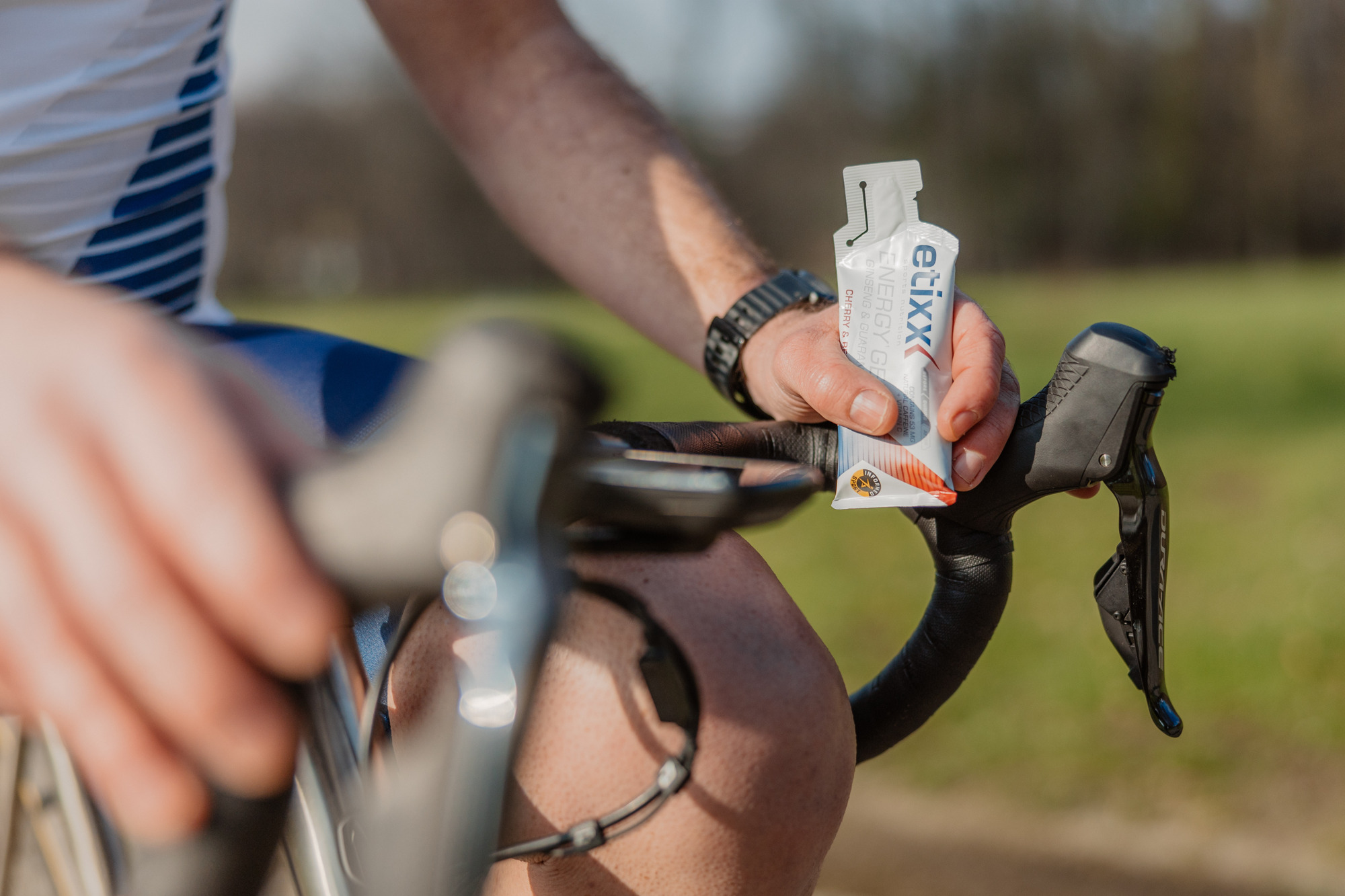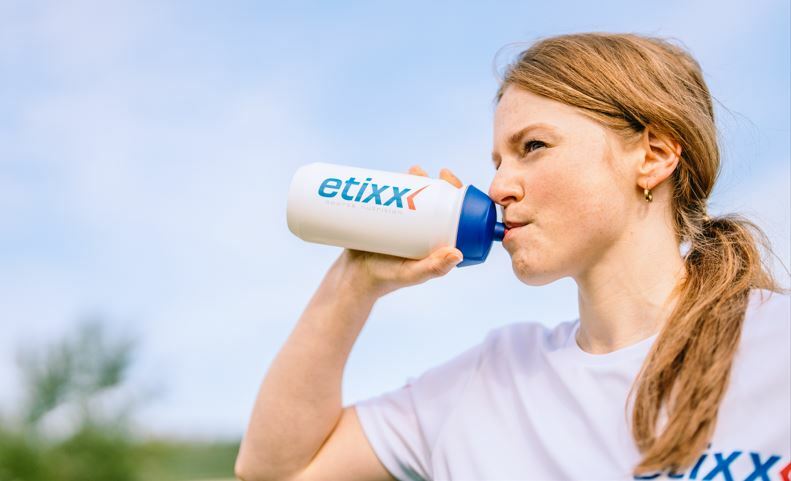Sports nutrition for endurance athletes: The importance of carbohydrates
Friday 16 February 2024

As an endurance athlete, you know better than anyone how important it is to fuel your body properly. To perform at a high level, it is essential to have enough energy and provide your body with the right fuel. One of the most important fuel source for endurance athletes is carbohydrates. In the blog below, we will elaborate on the importance of carbohydrates for endurance athletes.
What fuel sources can I use during exercise?
The body constantly adapts to the intensity and duration of exercise and can use different fuel sources to meet its energy needs. The three macronutrients, namely proteins, carbohydrates and fats, act as the main fuel sources for our body.
Proteins are the building blocks of muscles and therefore have an important role in muscle recovery and building, especially after exercise.
Carbohydrates and fats are two good fuel sources that our body can use during exercise, but both have advantages and disadvantages. Carbohydrates can provide quick energy during exercise, but our body has a limited storage capacity for carbohydrates in the form of glycogen in the liver and muscles.
Fats can be stored in large quantities in our body, but our body needs oxygen to convert fats into energy, so fats are mainly used during prolonged exercise at low intensity.
The graph below shows that the more intense the exercise is (horizontal axis), the more our body chooses carbohydrates (blue line) as a fuel source at the expense of fat burning (red line). Carbohydrates are therefore the main source of energy for most endurance exercise, while fats are mainly used as a fuel source during efforts at very low intensity.

What are carbohydrates?
As an endurance athlete, it is important to understand what carbohydrates are and why they are so important for your performance.
Carbohydrates are converted into glucose and stored in the muscles and liver as glycogen. During intense exercise, our body uses these glycogen stores to provide energy to the muscles. It is therefore essential to take in enough carbohydrates to maintain our energy reserves.
If we do not take in enough carbohydrates, our glycogen stores can be depleted and can result in the well-known 'hunger pangs', where our performance decreases and fatigue sets in.
How many carbohydrates do I need during exercise?
We now know that carbohydrates are essential for providing energy during intense exercise. But how many carbohydrates do you need to avoid hunger pangs?
The exact amount you need depends on a number of factors, such as the duration and intensity of the exercise, your body weight and carbohydrate intake prior to exercise (carboloading).
In general, it is recommended to consume about 30 grams of carbohydrates per hour during moderate exercise of 1 to 2 hours. For more intense efforts of more than 2 hours, the recommended intake can be increased to 60 grams of carbohydrates per hour or more. For very long efforts (more than 4 hours), a carbohydrate intake of 90 grams per hour is recommended.

How can I consume carbohydrates during exercise?
In general, there are 3 types of carbohydrate sources that can be consumed during exercise: liquid, semi-liquid and solid.
Choosing a particular type of carbohydrate source depends on personal preference, but it is important to consider the absorption rate. The more liquid the source, the faster the carbohydrates are absorbed and can be used as energy. For example, an isotonic drink is absorbed immediately, while an Energy Gel is absorbed after 5-10 minutes. In contrast, the carbohydrates in an Energy Bar take 45-60 minutes to be absorbed into the blood.
Therefore, fast carbohydrate sources, such as an isotonic drink or an Energy Gel, are recommended at times when energy is needed quickly or at times when there is not much time for carbohydrate absorption, such as, for example, during a difficult moment or at the end of an effort. In turn, solid carbohydrate sources are mainly recommended in the first part of a prolonged effort (e.g. during the first hour of a gentle bike ride).
Sign up for our newsletter and receive a 15% discount in your mailbox
Search



